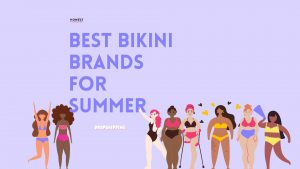Muli Product Branding VS Multi Branding
- 19/10/2022
- Philip K
Brand value is the core part of brand management elements, and it is also an important symbol that distinguishes this brand from other competing brands of the same type.
The problem that enterprises often encounter is: with the development and continuous expansion of enterprises, the complexity within enterprises will also increase. After expansion, there will be many brands and products. So whether these brands and products use one business model or multiple business models also makes it difficult for enterprises to feel overwhelmed.
Next, let’s take a closer look at multiproduct branding and multi-branding.
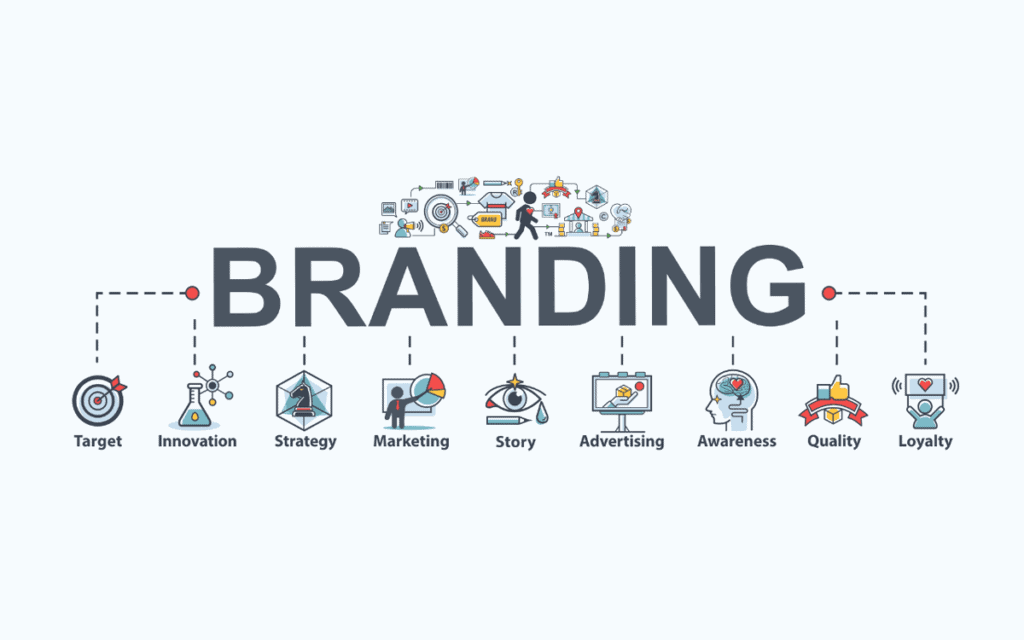
What is Multi Product Branding?
Multiproduct Branding means that the same company owns two or more product brands at the same time. They can be the same type of products or products in different fields. Companies that can own multiple brands are usually large-scale companies, and the size and funds of small and medium-sized companies generally can’t meet the requirements of owning multi-brand products.

Advantages
Disadvantages

Among the companies with many multi-product brands, the most typical representative is Procter & Gamble (P&G), which produces many product brands in the same kind of products, and each brand has its own unique brand positioning and association. Consumers’ needs are different, so multi-product brands can effectively occupy market segments by accurately positioning each brand.
P&G has launched three brands “Head & Shoulders”, “Rejoice” and “Pan Ting” in the shampoo field, but their effects are different. Head & Shoulders is to remove dandruff, Rejoice is to smooth hair, and Pan Ting is to nourish hair.
What is Multi Branding?
Multi-branding refers to the strategic plan that an enterprise develops to a certain extent, using a well-known brand created by itself to extend a number of well-known brands, and the brands are independent of each other, but they are related to each other, rather than unrelated.
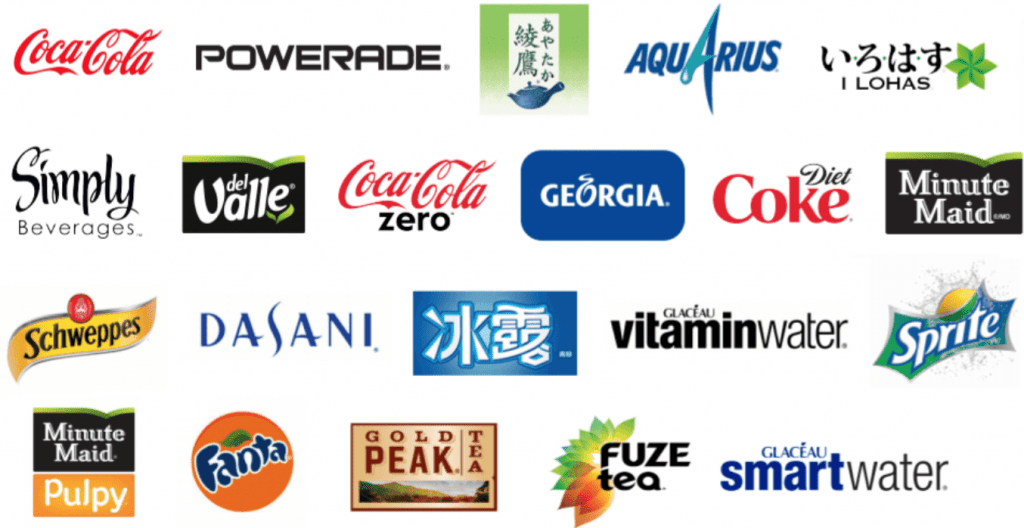
Advantages
Disadvantages
Two Examples of Multi Branding
Let me introduce two companies, one is a successful case of multi-branding, and the other is a failed case.

Procter & Gamble(P&G), founded in 1837, is one of the largest daily necessities companies in the world. Its products of more than 300 brands sell well all over the world. P&G is a model of successful application of multi-branding, and its success is inseparable from detailed market research. It has established a powerful database, which can timely feedback on users’ opinions to product development departments and brand promotion departments, and facilitate the improvement of products and sales plans.
In the process of implementing the multi-branding, P&G has effectively divided the markets of various products, selected a market segment as the target market in combination with the specific market environment and resource conditions, and launched the corresponding brands according to the different needs of different markets.
At the same time, it also pursues the differences between different brands of the same kind of products, including functions, prices, packaging, publicity, and even psychological hints, etc., thus forming distinct personality differences of each brand, and each brand has its own development space, striving for the largest market share.
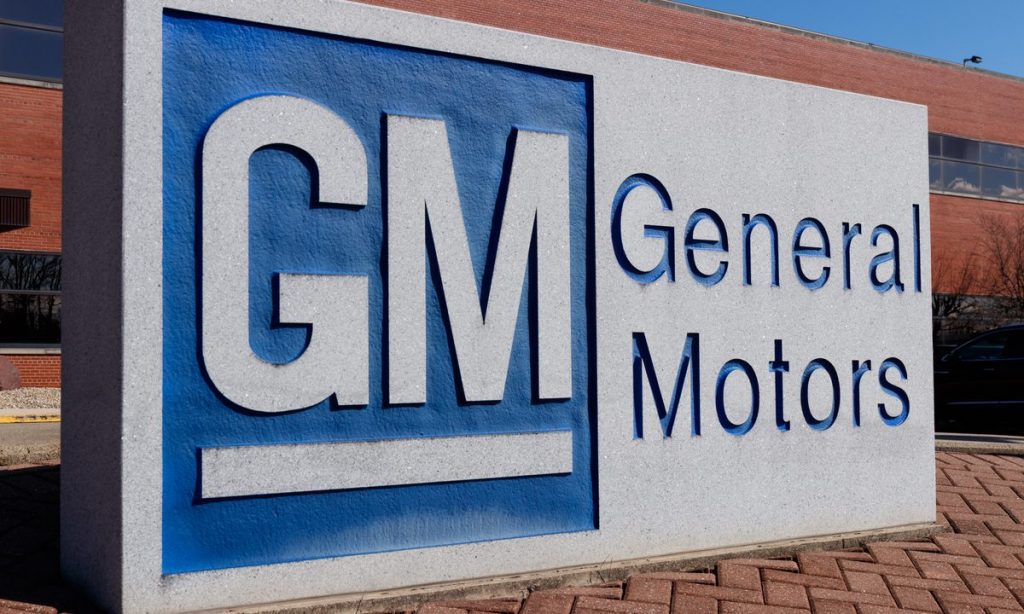
GM’s multi-branding comes from restructuring Buick and acquiring Cadillac, Oldsmobile, and other brands. In this way, GM made its products cover almost all potential car buyers, thus defeating Ford and becoming an important weapon for the sales champion in the automobile industry.
With the passage of time, the disadvantages of multi-branding also began to appear gradually. Due to the dispersion of competitiveness and internal friction between different brands of the same kind, GM has to spend more time and energy dealing with the relationship between brands, which also lays a hidden danger for its subsequent bankruptcy.
The financial crisis in 2008 dealt a severe blow to the automobile industry, and the sales volume of all brands under GM declined sharply, which eventually led to the bankruptcy and reorganization of GM. Whether or not, multi-branding has made GM a century-long glory; it also led to the ultimate failure of GM.
Five Strategies for Companies on Multiple Product Management
Before a brand has made an impact, it is anxious to launch the second and third brands to seize the market. Doing so will distract the energy of enterprises, which is also the practice of many small enterprises, and it is easy to backfire.
When the first brand launched by an enterprise has been recognized by consumers in the local area, it has already had an impact and become a best-selling product, and then a new brand is launched, which is easier to be trusted by consumers, and the enterprise can develop continuously.
Many brands have high requirements for the resource integration ability of enterprises. If the financial resources of enterprises are not strong enough and the resource integration ability is not strong, it is easy to drag the existing successful brands down.
In addition, the resources of enterprises are scattered, and consumers’ acceptance ability is not up to standard, so consumption dependence cannot be formed.
Launch multi-brands, aiming at different consumer groups in the same market. The price of each brand product should be strictly distinguished, and only after the influence of brands is large enough can the price overlap between brands be considered. If we can’t do this, launching a multi-brand operation is just a waste of enterprise resources.
Some dealers have a large sales volume in the local area, even larger than the scale of manufacturers. Such dealers have a high demand for profits. If the main brands of enterprises are sold by them as agents, the profits of enterprises will be very limited.
In order not to damage the main brands of enterprises, but also to mobilize the enthusiasm of big distributors, enterprises can hand over the newly launched brands to them for operation. This is a better method, which not only occupies the market, satisfies the profit requirements of distributors, but also makes the enterprises themselves develop continuously.
Customizing products and brands has become a trend in the industry. Enterprises can produce their own products according to customer’s requirements, that is, their own unique brands. In this way, brand development is personalized consumption, which is helpful to the increase of enterprise output and can also expand the popularity of enterprises.
Multi-brand operation is the trend of market development and the result of the long-term development of the industry. With the stricter consumption segmentation brought by market segmentation and consumption upgrading, more and more enterprises will use multi-brand operations. Doing well in the management of multi-product operations can lay a good brand foundation for the development of enterprises.
How To Achieve A Successful Multi Branding Management?
In an enterprise that implements multi-brand management, each brand is a member of this brand family. How can multiple brands of an enterprise support each other instead of influencing each other? Therefore, multi-branding management should be implemented.
If the brand positioning is not clear, different brands will eat into each other’s market. This requires the overall layout of enterprises when implementing multi-brand management, which not only prevents the overlapping of brand positioning and unclear market boundaries but also avoids the incomplete coverage of a multi-brand market.
The most typical example is P&G’s Rejoice, Pan Ting, Head & Shoulders, and Sassoon shampoos. Although their functions and ingredients are very similar, each brand has its own clear positioning, and its brand appeal has different characteristics. For example, Head & Shoulders’ main function is to remove dandruff, Rejoice is to soften hair, Pan Ting is to nourish hair, and Sassoon is to specialize.
The brand combination is not static but should be constantly adjusted according to the position and importance of different brands along with the strategic objectives of enterprises. Managers should be clear about which brands are strategic, defensive, competitive, and for-profit in different periods and stages.
Multi-brand, multi-level, different objectives and tasks make the key points of the brand portfolio of enterprises sudden and clear, and the brand marketing ideas are very clear.
Brand building is a long-term process, which needs a lot of economic resources to cooperate. How to make a reasonable budget and arrangement for different brand resources is a subject worthy of careful study. Generally speaking, we can think from the following three aspects:
The core brand can reflect the advantages and development direction of enterprise resources and is the source of enterprise core competitiveness.
With the change in market demand and the enhancement of the marketing ability of enterprises, those brands that are still in the second line may become the core brands in the next period.
The defensive brand is only used to construct a perfect multi-brand system, which will not have a substantial impact on the realization of the strategic objectives of enterprises.
Conclusion
Multi-brand is a big cake, do enterprises need multi-brand operations? How to play multi-brands? We can tell the enterprise what the answer is through professional analysis and evaluation.
A good brand is also reflected in the packaging. We can provide you with an unforgettable labeling and re-labeling service and can customize everything you want according to your requirements. These will make your product even more perfect and make your customers more satisfied and will buy again! Welcome to consult.
Muli Product Branding VS Multi Branding FAQ
Need a Quick Quote?
– Competitive price
– Quote within 24 hours
– 30+ Shipping methods
– Dedicated account manager
– Shopify/Woo integrations
– Autofulfil
– Auto tracking
– Plus much, much more

5 Best Wholesale Home Decor Suppliers 2023

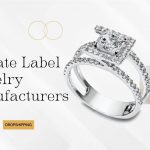

10 Best Bikini Brands For Summer 2023








